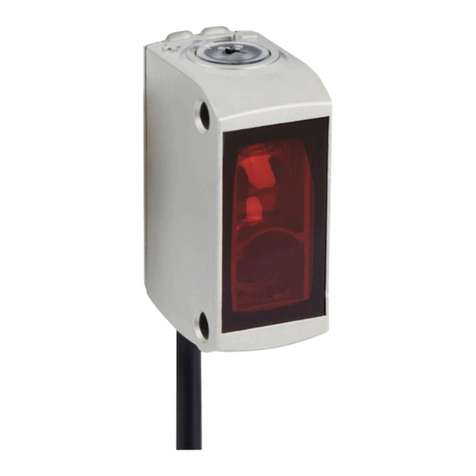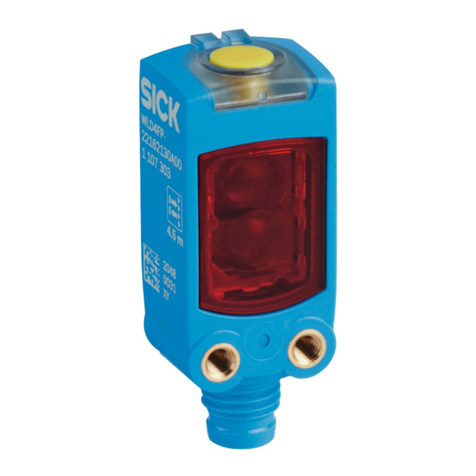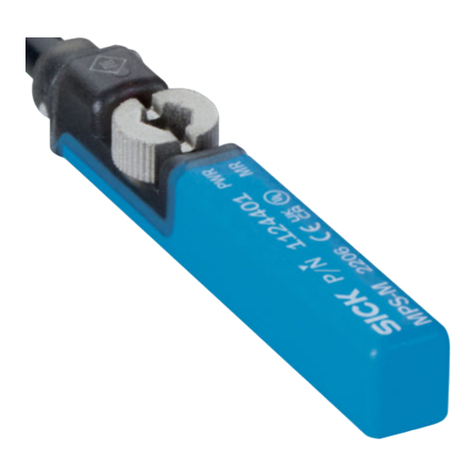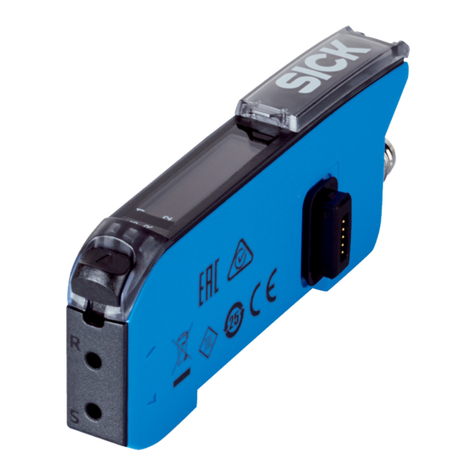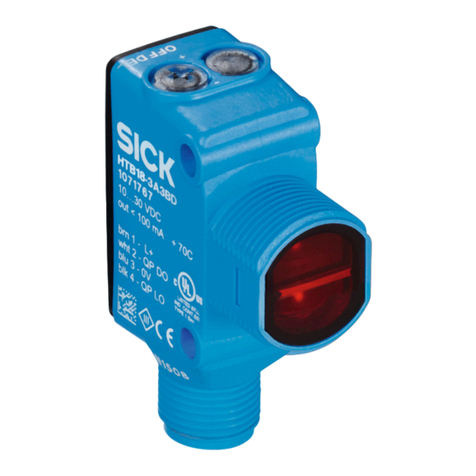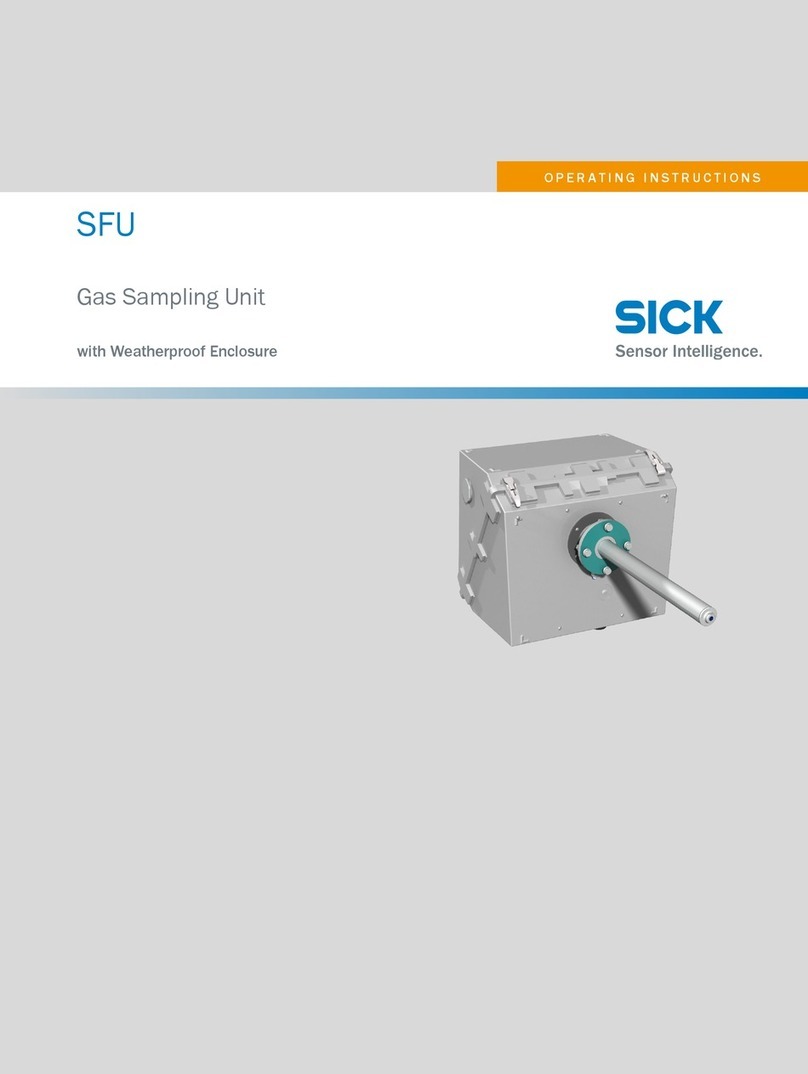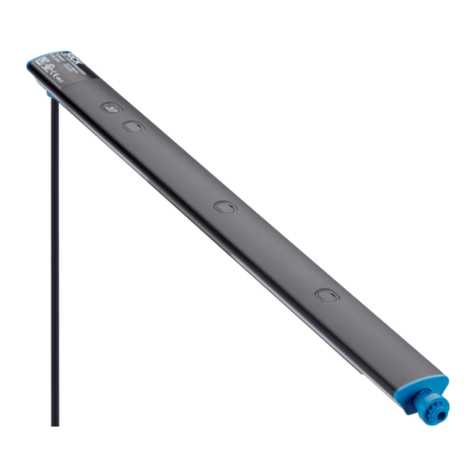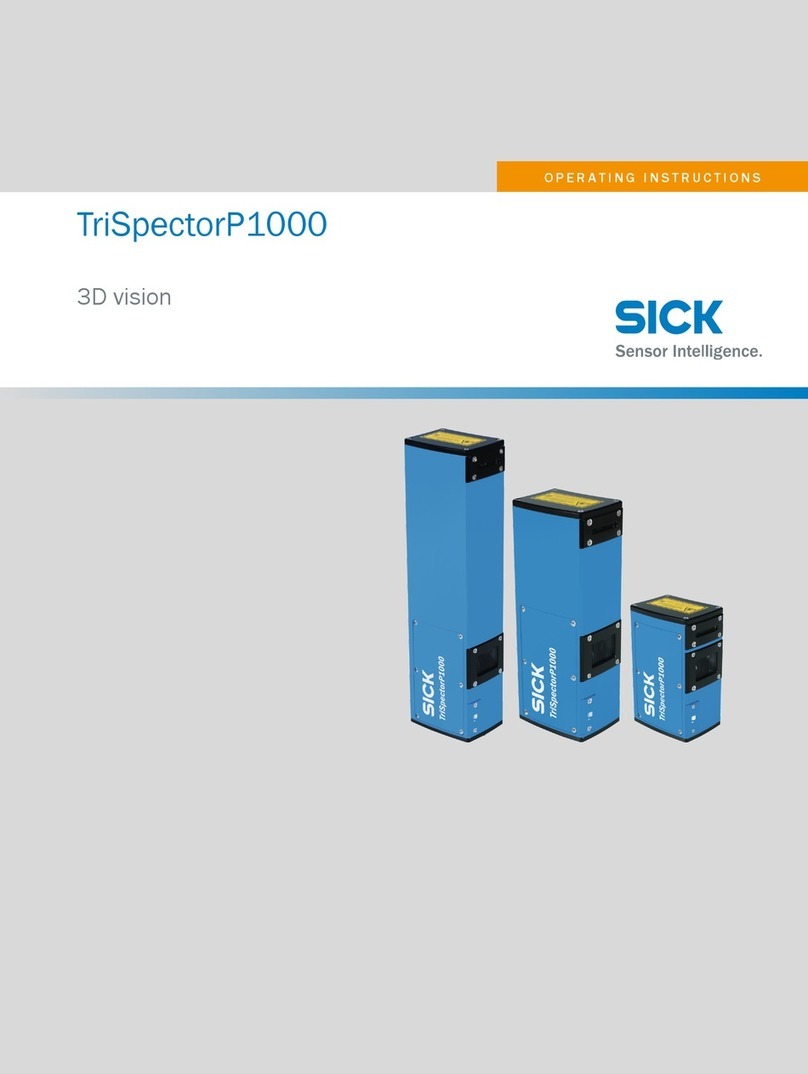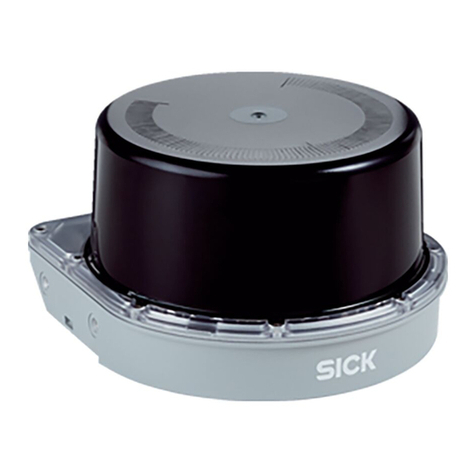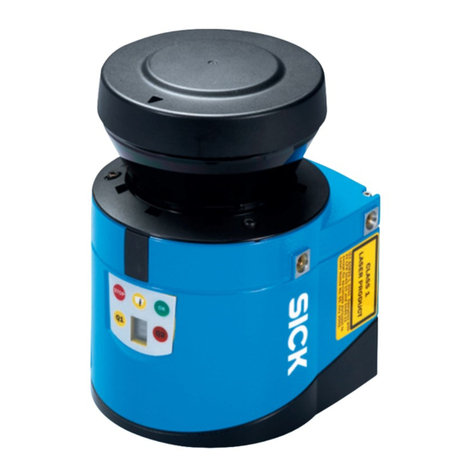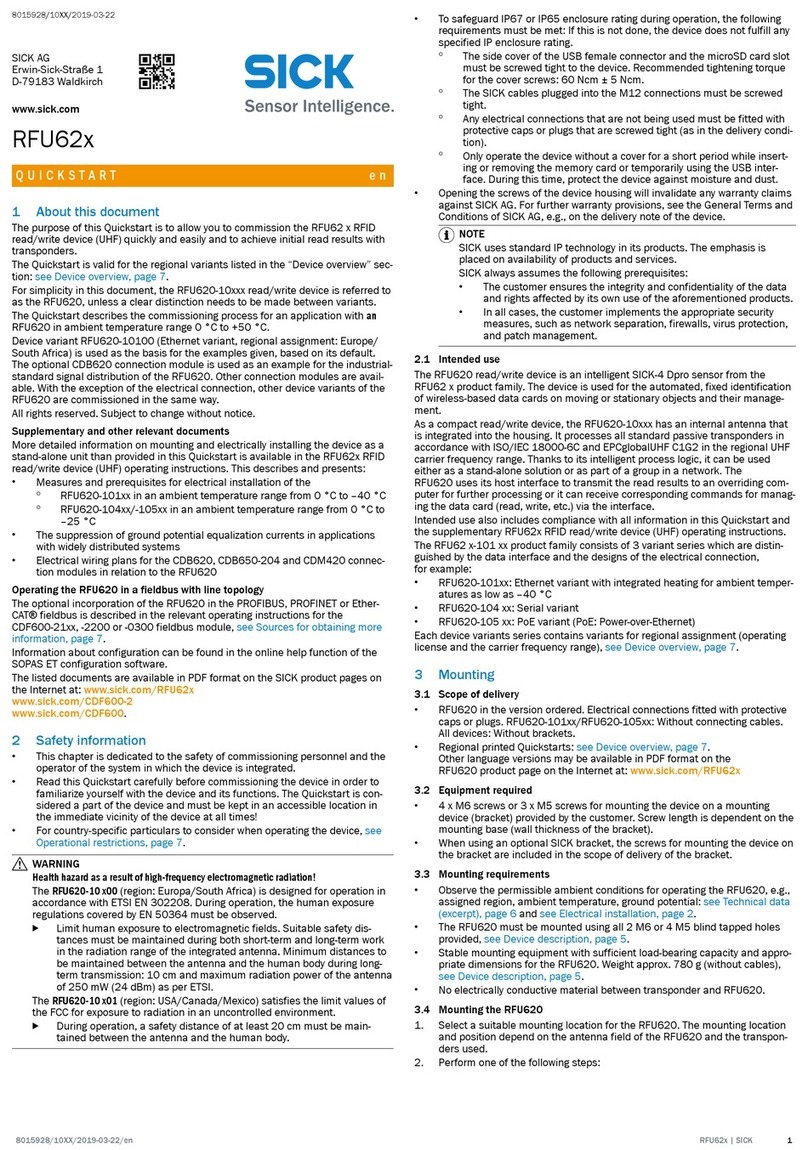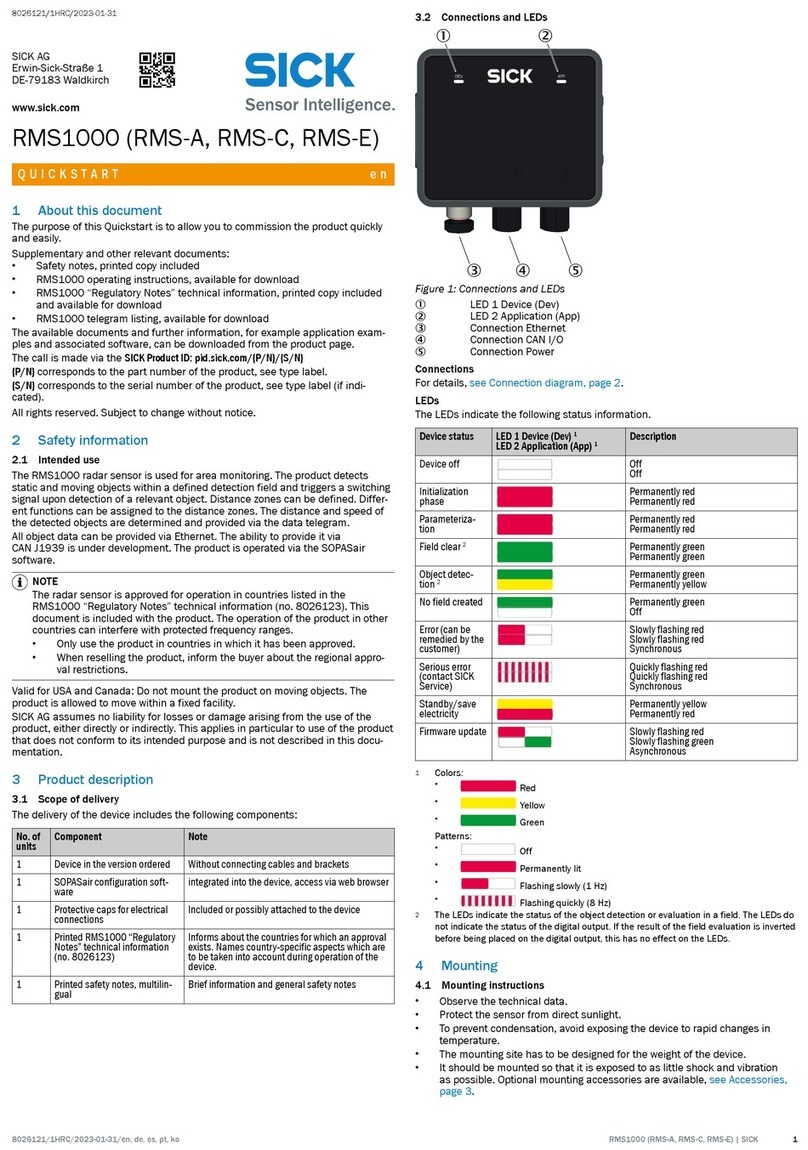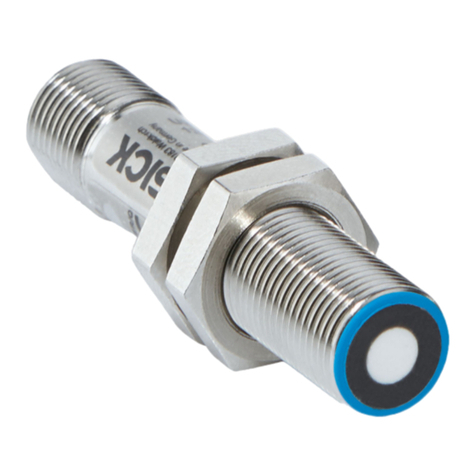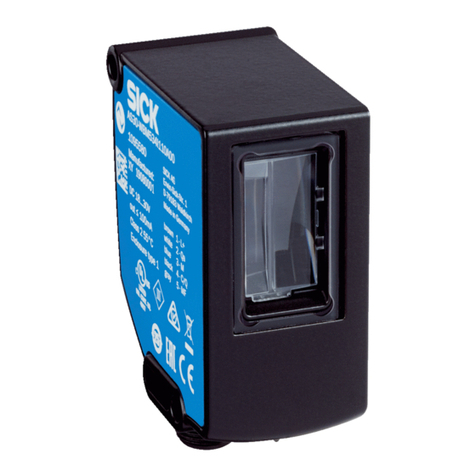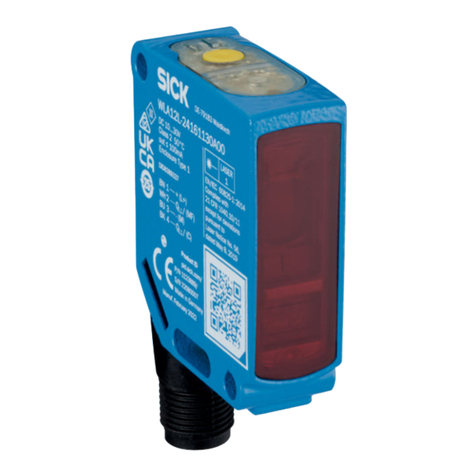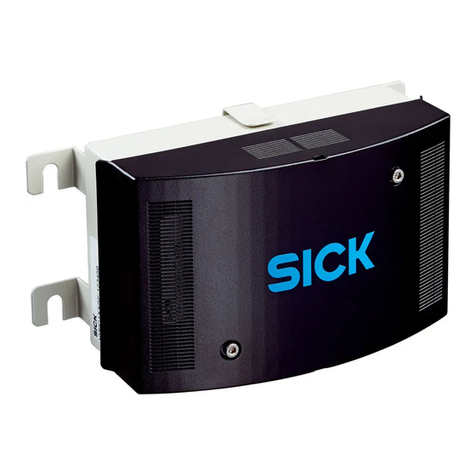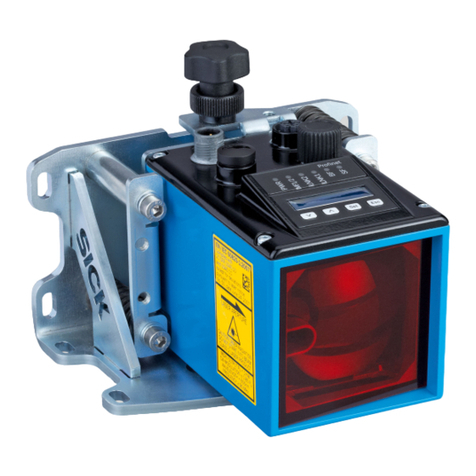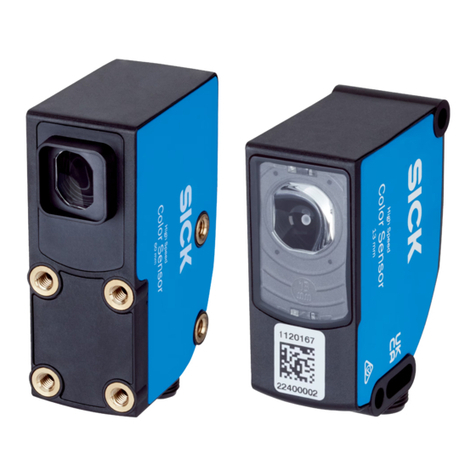
7.2.3 Image view modes................................................................... 25
7.2.4 Image view options.................................................................. 26
7.2.5 Image view controls................................................................. 27
7.3 Handling jobs and configurations............................................................ 27
7.4 Workflow steps.......................................................................................... 28
7.5 Image workflow step.................................................................................. 29
7.5.1 Scanning an object.................................................................. 29
7.5.2 Setting the field of view........................................................... 30
7.5.3 Adjusting the image settings................................................... 30
7.5.4 Configuring the trigger settings.............................................. 31
7.5.5 Recording images.................................................................... 32
7.6 Task workflow step..................................................................................... 32
7.6.1 Using the tools......................................................................... 32
7.6.2 Setting the region of interest.................................................. 33
7.6.3 Tool groups............................................................................... 34
7.6.4 Shape tool.................................................................................. 34
7.6.5 Blob tool.................................................................................... 35
7.6.6 Edge tool.................................................................................... 36
7.6.7 Plane tool................................................................................... 37
7.6.8 Fix Plane tool.............................................................................. 38
7.6.9 Peak tool.................................................................................... 38
7.6.10 Point tool................................................................................... 39
7.6.11 Area tool.................................................................................... 39
7.6.12 Distance tool.............................................................................. 40
7.6.13 Angle tool................................................................................... 40
7.6.14 Application example: Counting chocolates............................ 41
7.7 Results workflow step................................................................................ 43
7.7.1 Result handling........................................................................ 43
7.7.2 Tool result output..................................................................... 43
7.7.3 Decision model........................................................................ 44
7.7.4 Conditions................................................................................ 44
7.7.5 Digital outputs.......................................................................... 46
7.7.6 Ethernet output string............................................................. 46
7.7.7 Image logging........................................................................... 47
7.7.8 Functions and operators......................................................... 47
7.8 Interfaces workflow step............................................................................ 50
7.8.1 Configuring the digital in- and outputs................................... 50
7.8.2 Using the command channel.................................................. 50
7.8.3 Sending an output string......................................................... 50
7.8.4 Logging images to an FTP server............................................ 51
7.8.5 Enabling the web interface..................................................... 51
7.8.6 Setting parameters of the serial interface............................. 52
7.8.7 Logging images to a microSD memory card.......................... 52
7.8.8 Selecting jobs via digital inputs.............................................. 54
7.8.9 Fieldbuses................................................................................ 54
CONTENTS
4O P E R A T I N G I N S T R U C T I O N S | TriSpector1000 8021808/12ID/2019-01 | SICK
Subject to change without notice
